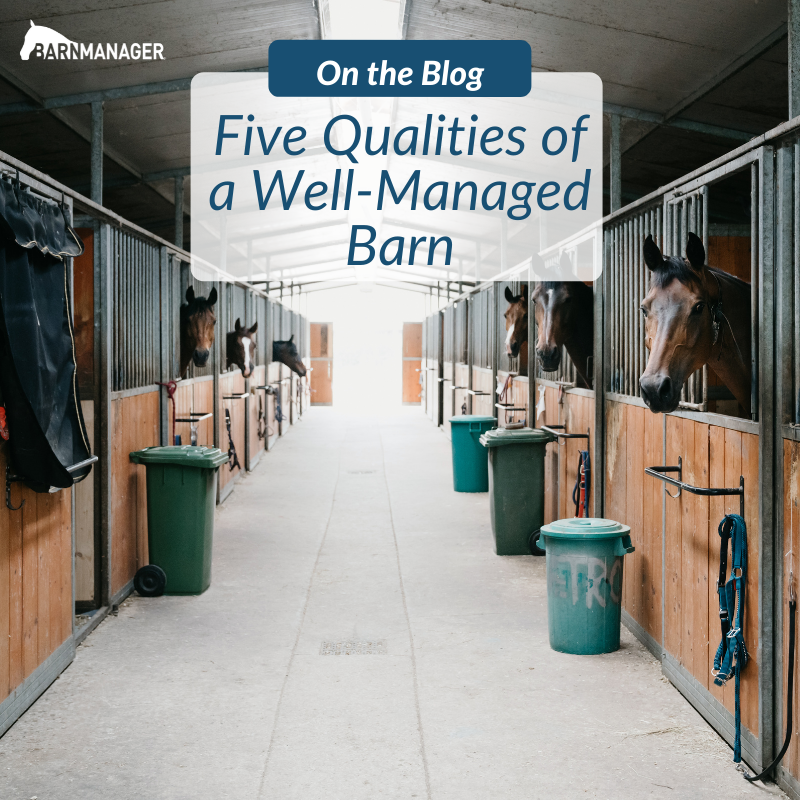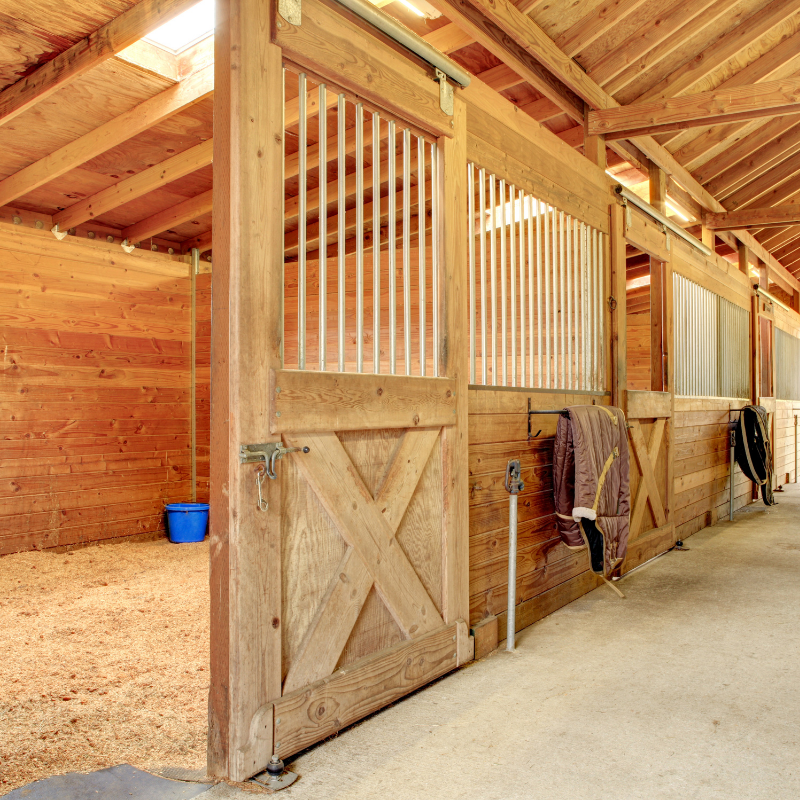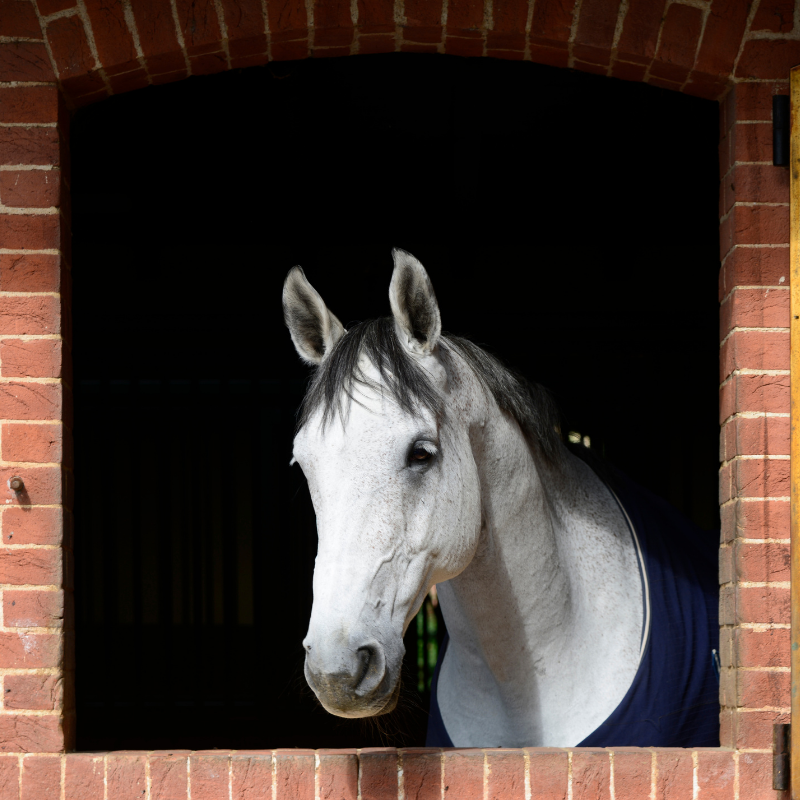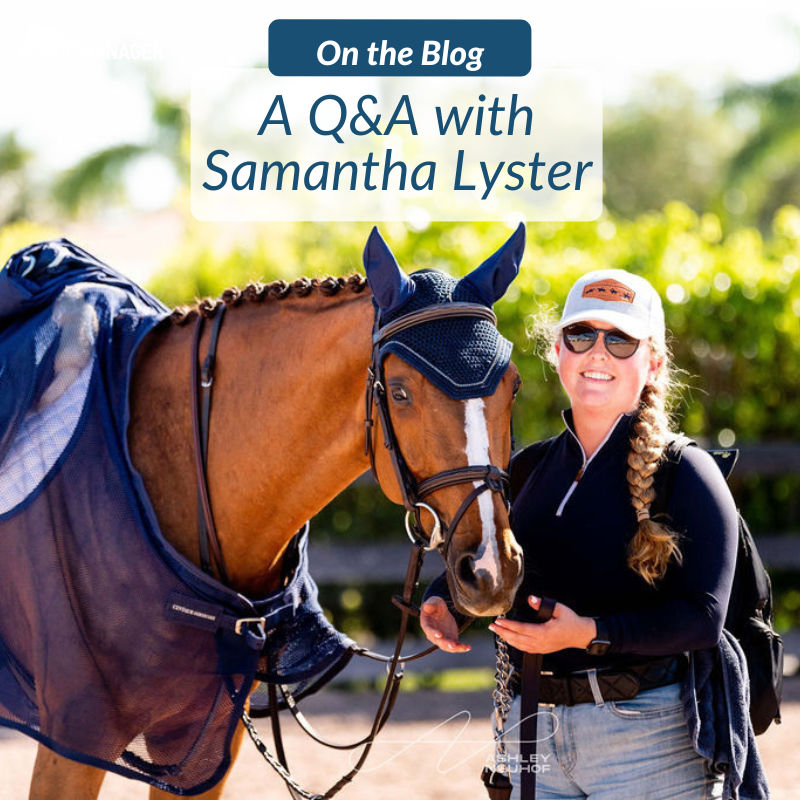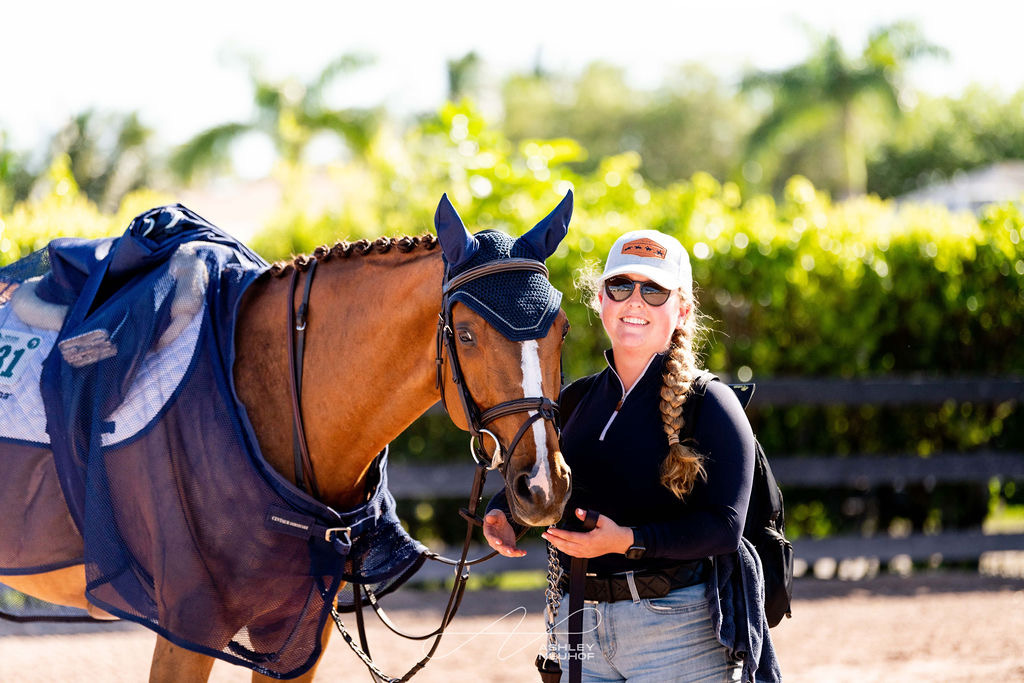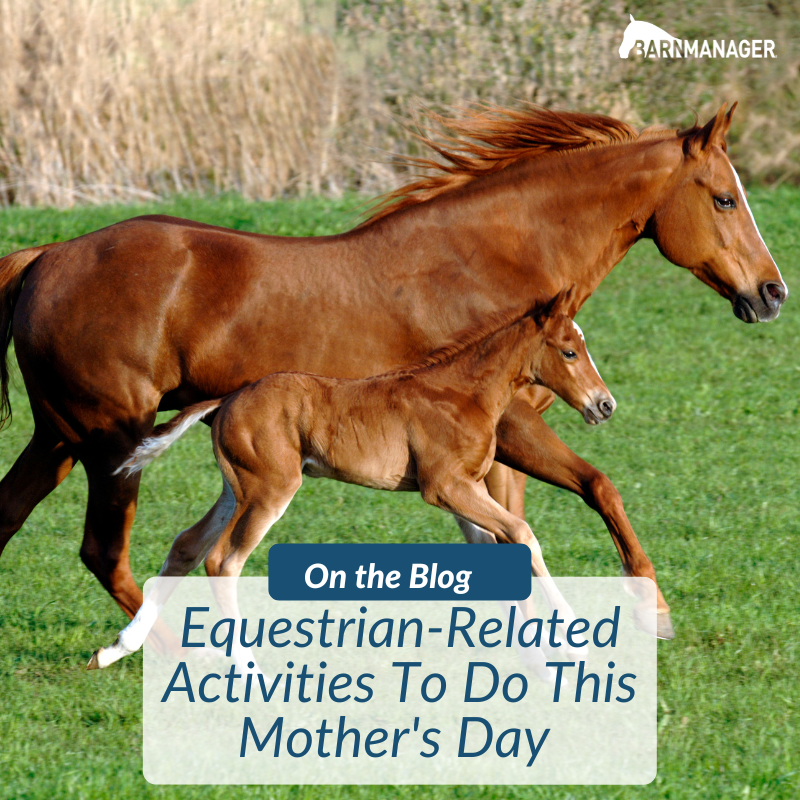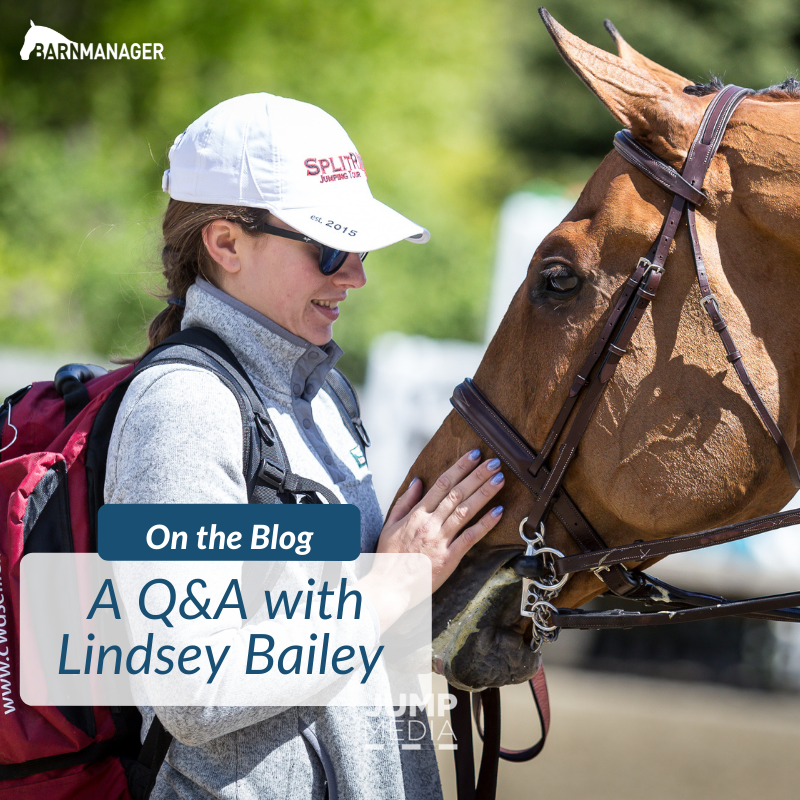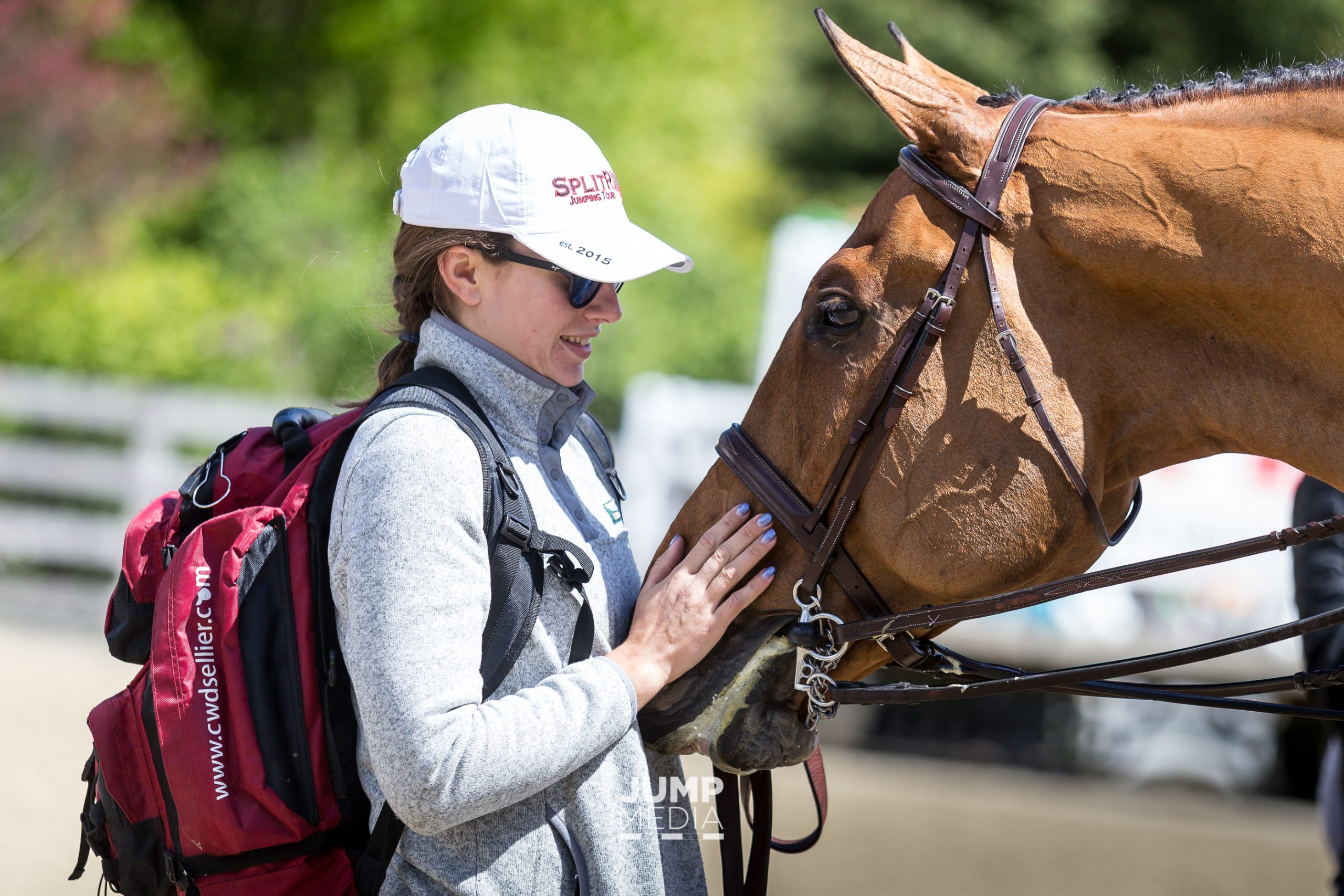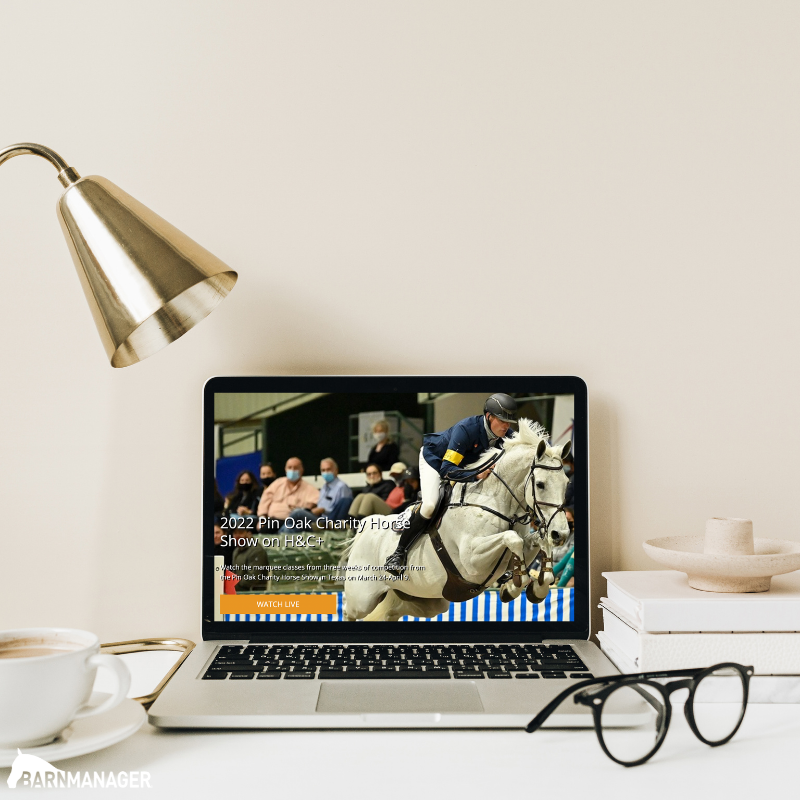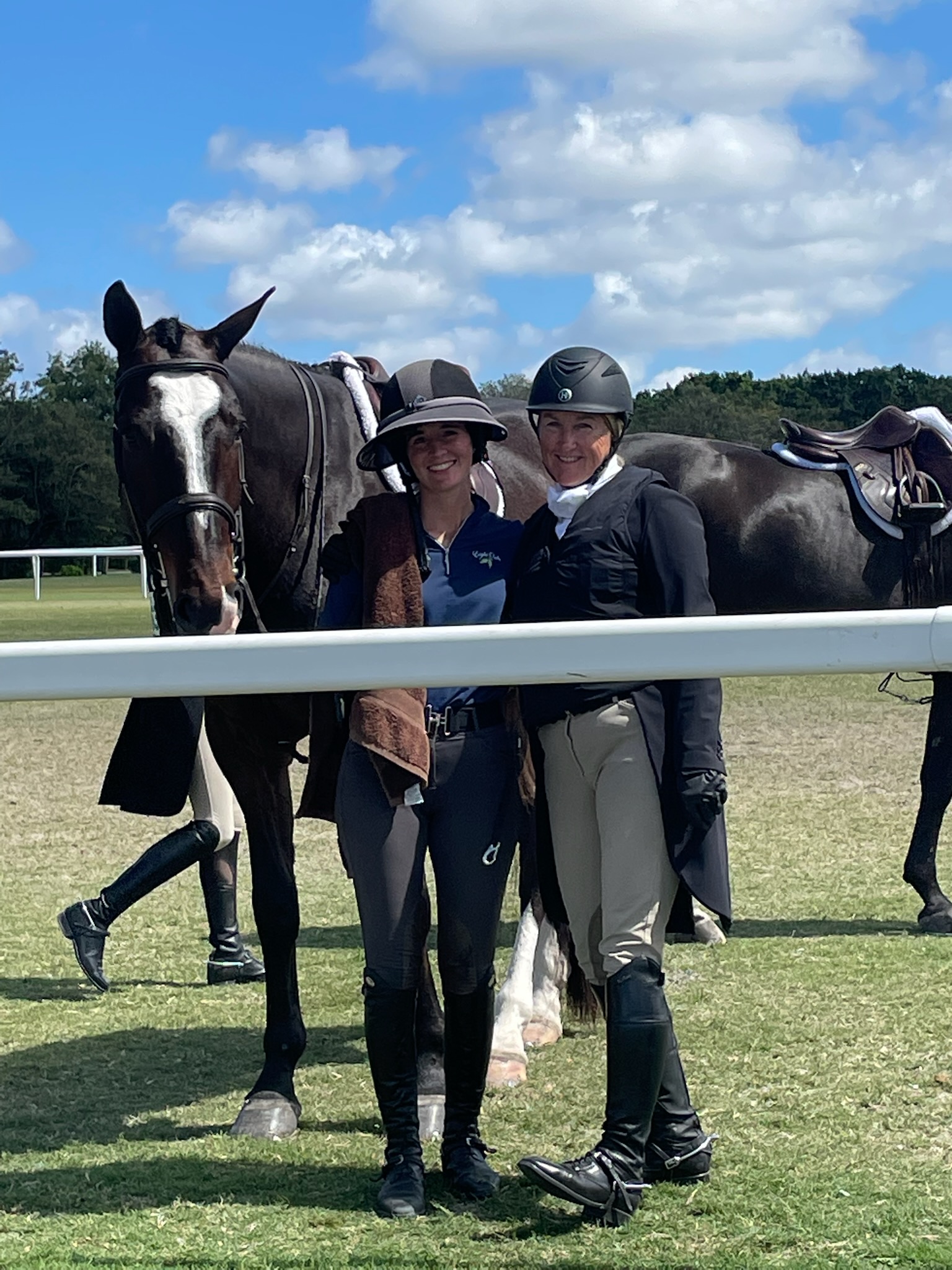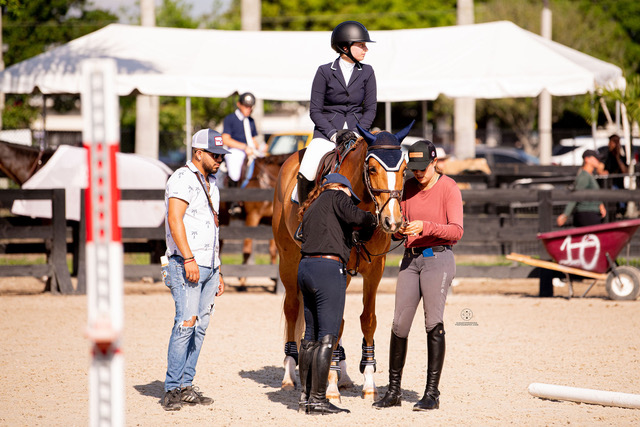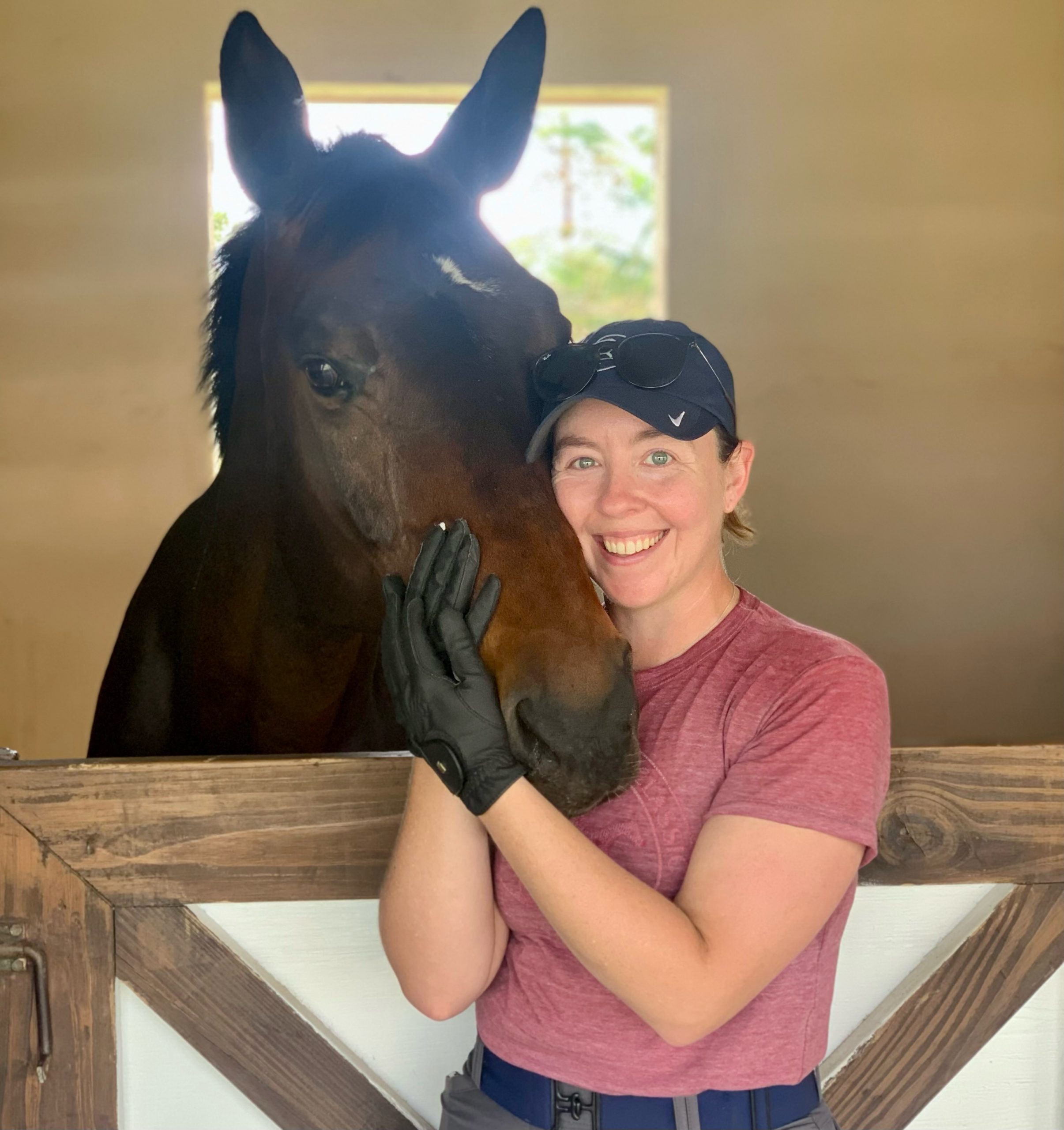Making the step from national to international- level competition is always exciting! Of course, participating in shows governed by the Fédération Equestre Internationale (FEI) comes with its own set of rules and paperwork. If you travel internationally, you need a passport, and similarly, your horse needs one to compete in designated international shows. If you’re thinking of competing in an FEI show, it’s important to make sure your horse’s passport is ready to go.
Many changes and updates to a passport must be completed at the United States Equestrian Federation (USEF) office in Kentucky. It is important to allow enough time for the passport to be mailed in, processed, and mailed back. Planning your competition schedule in advance will enable you to have enough time to make sure everything is in order.
Validation
Like human passports, horse passports are valid for a fixed number of years. The FEI requires a passport renewal every four years. The first step is to check to make sure your horse’s passport is current. Usually, you can find the expiration date on the front cover of the passport. Some passports have a more recent revalidation sticker on the back cover. If you only need to renew your horse’s passport you can submit a “Passport Service Application” to USEF. They will send you a revalidation sticker in the mail. You will have to send the passport in to USEF along with the application if there is anything else that needs to be updated. If your horse has never had a passport, or an old passport is lost, you can submit the “Passport Service Application” to the USEF for a new one.
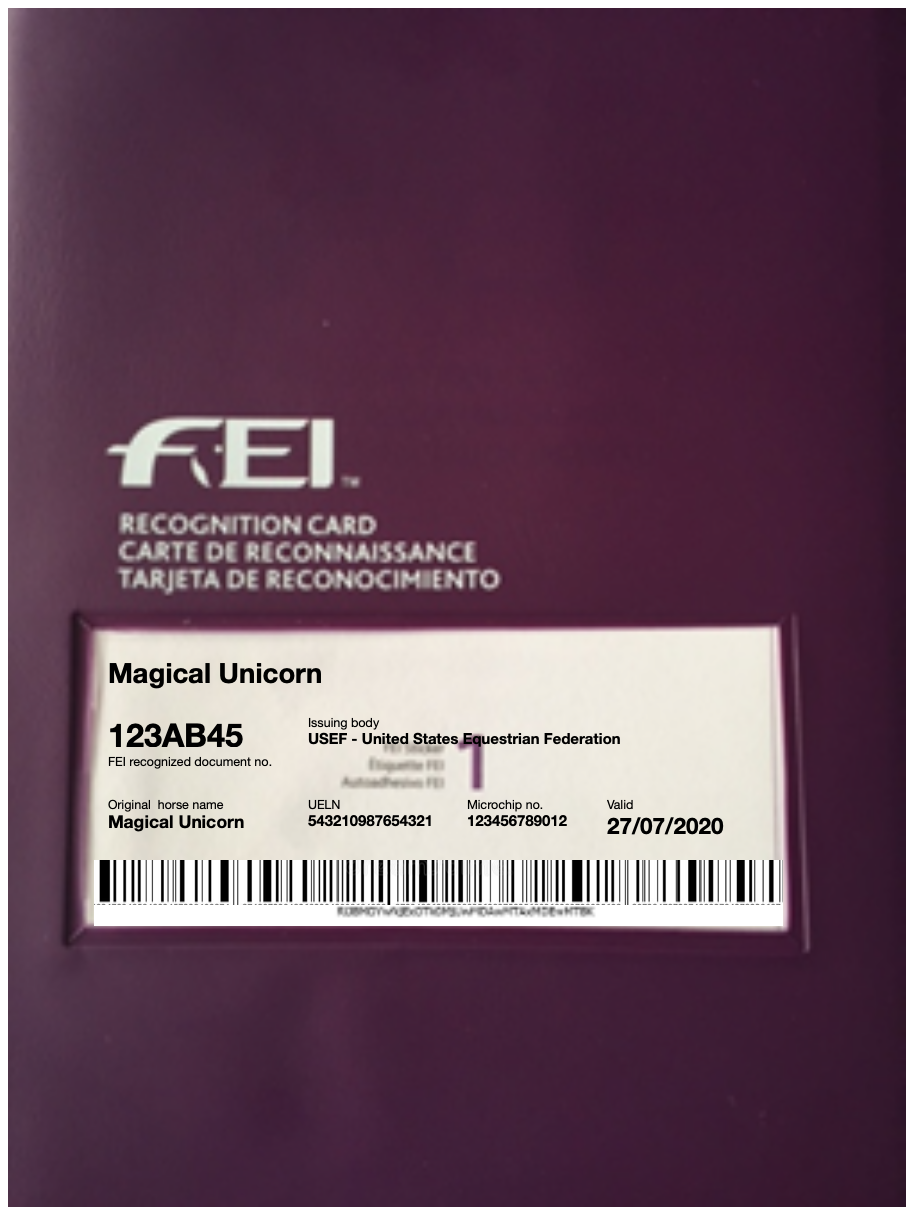
Ownership
When you revalidate a passport, USEF will check that the ownership in the passport matches the ownership in its database. If the information does not match, USEF will require an ownership transfer to be recorded to correct the discrepancy. Any time a passport shows a new owner listed inside the front cover, the owner must physically sign the passport to make it official. Allow time to get this step completed as well.
Vaccines
Equine passports have a section dedicated to the horse’s vaccination record. Horses are required to be vaccinated against Equine Influenza Virus in order to participate in FEI events. Each time your horse receives an Equine Influenza Virus booster vaccine, it should be recorded in the passport by the administering veterinarian. The vet must include the vaccine serial number sticker as well as their official stamp and signature in order to make the vaccination recording complete.
When a horse’s vaccines are recorded consecutively, it’s referred to as a series. Check to make sure your horse’s vaccine series is continuous and correct. That means each vaccination recording is “complete,” and each booster is within seven months of the previous booster. If there is a previous booster in your horse’s vaccine series that is not “complete,” it makes the entire series invalid. This means your vet must start a new series. Your vet will also need to start a new series if your horse’s vaccine series has not been recently updated, creating an extended lapse between boosters.
Within the seven-month booster intervals, there is a window of time in which horses must have received their vaccine in order to enter FEI-designated stabling at the show. Horses need to be boosted within six months and 21 days of entering the FEI compound. They cannot enter if they have been vaccinated within the past seven days. Horses also cannot travel internationally if they have been vaccinated too recently. Therefore, it is necessary to be aware of this timing. Schedule your horse’s vaccines with your desired show and travel schedule in mind.
Coggins
Equine passports also include a section where Coggins can and should be recorded. A Coggins test is a blood test for Equine Infectious Anemia (EIA) typically taken annually by your veterinarian. All horses need proof of a negative Coggins test to show at both the national level and in FEI competition. A Coggins test is also necessary for your vet to generate a Health Certificate. This is necessary for your horse to be able to pass agricultural inspections while traveling across the country. While an annual coggins is sufficient for domestic travel, if you are traveling abroad for an FEI show, such as in Canada or Europe, you may need a more recent Coggins test.
What might seem like a lot to organize at first becomes less complicated as you maintain the passport over time. After you have all the logistics settled, you’ll be able to focus on the excitement of your first FEI competition!
Have questions about utilizing BarnManager or want to give it a try for yourself? Request a live demo here!

